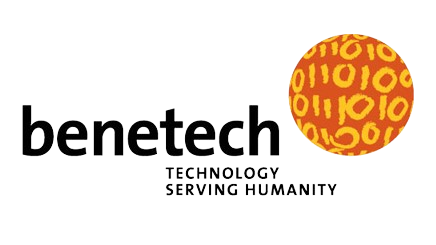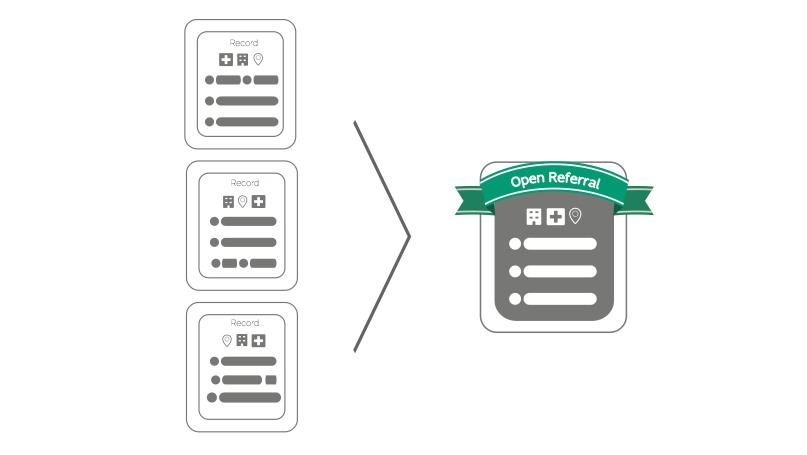Month: September 2020
-

Release Announcement: Benetech Service Net upgrade
[Welcome back to the blog, Benetech! This post is from KP Naidu, VP of Benetech Labs, with an update on their Service Net.] Here in Benetech’s home of the San Francisco Bay Area, our communities are facing compounding crises: the pandemic, economic crisis, and most recently out of control wildfires forcing thousands of evacuations…
-

Upgrading our specifications: A proposal for HSDS 2.0
We’re excited to share a proposed upgrade to the Human Services Data Specification, authored by our technical partners, the Open Data Services Cooperative. Over the next two weeks, we’ll field feedback on these proposed changes. Take a look at the proposal in our Github repository – you can leave comments in the Issues queue –…
